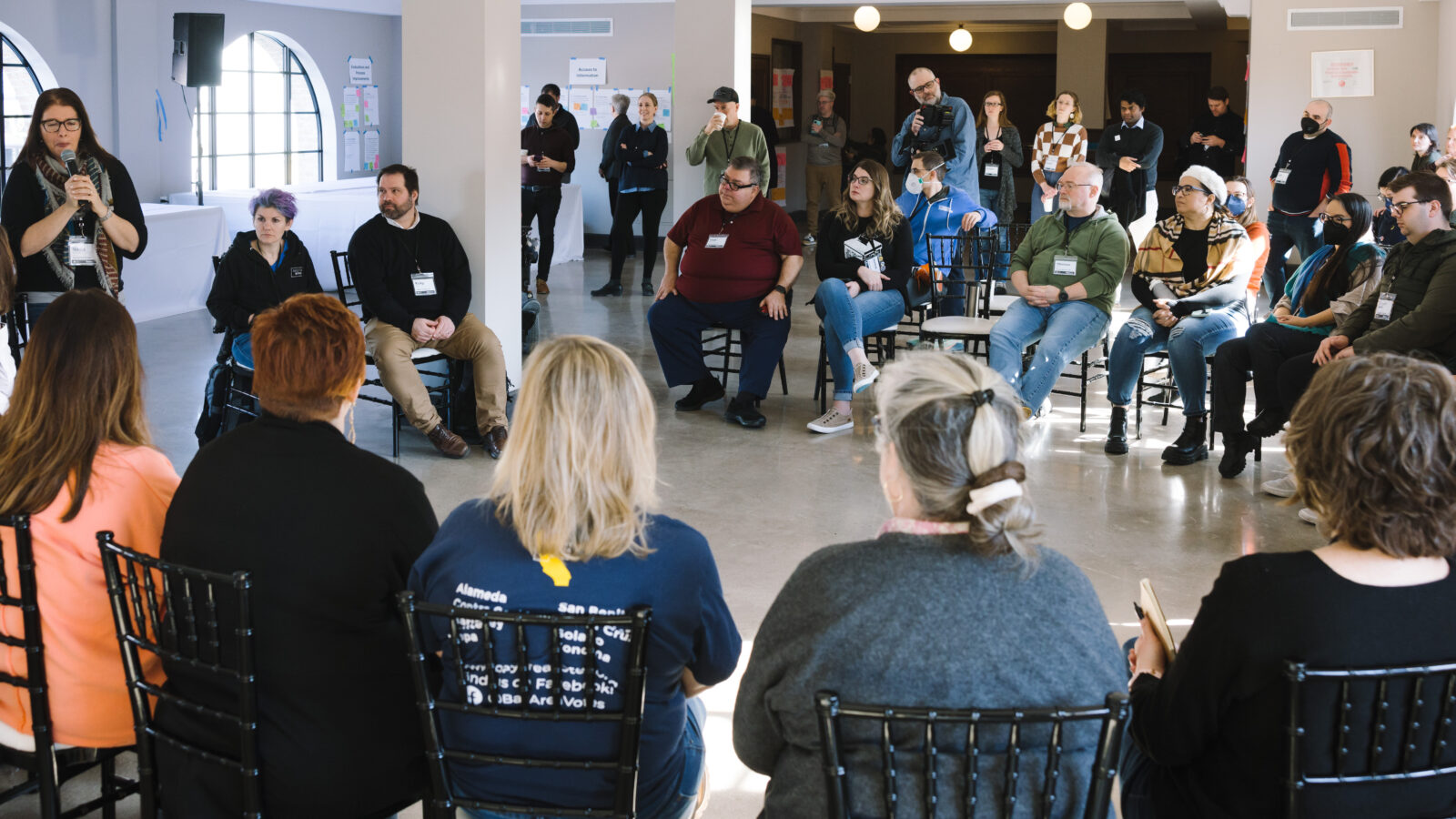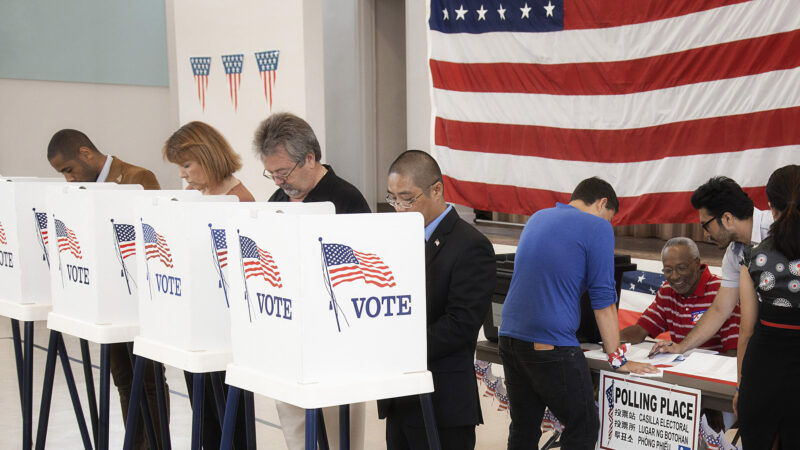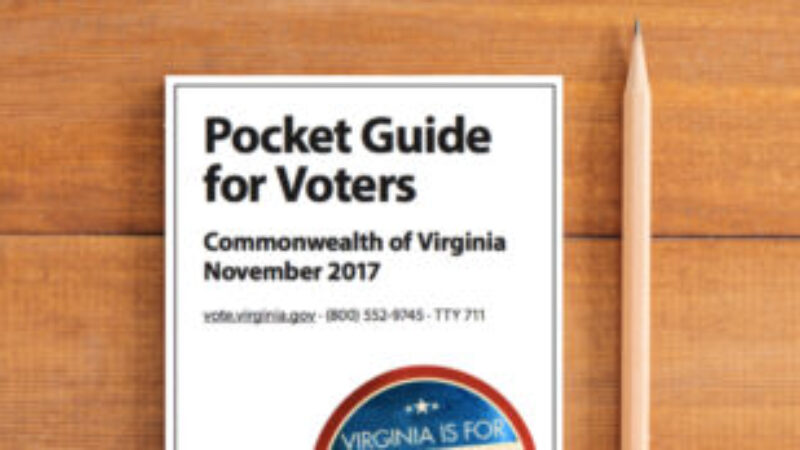Voter communications

Communications is about educating voters and building public trust in elections. While the ways to reach voters have grown, communication remains central to helping voters navigate the election process. From special media requests to everyday interactions that answer voters’ questions, all election offices play an important role in this work. This is one of six standards that define excellence in communications. This draft standard will be updated based on feedback from the election community.
Standard
Your election office effectively distributes information through a variety of mediums that best reach your voters. To achieve this standard:
- You understand the demographics, communication preferences, and digital connectivity needs of your voters.
- You use the right blend of communication mediums – such as print, digital, audio, in-person, etc. – to reach your voters.
- You have information on an accessible, secure, and mobile-friendly government website to answer voters’ top questions and offer transparency into the election process. It is accessible for voters with disabilities.
- You address incorrect information by consistently stating factual and transparent information about the election process.
Why this standard matters
It is important that we are explicit about the underlying why for each standard. While not attached to measurements, the intended impact of an election department achieving this standard is that:
- Election departments will be established as the authoritative source for election information.
- The public will have access to reliable, easy-to-understand information about all stages of the voting process.
- The public will better understand what election information is verified and what is not.


